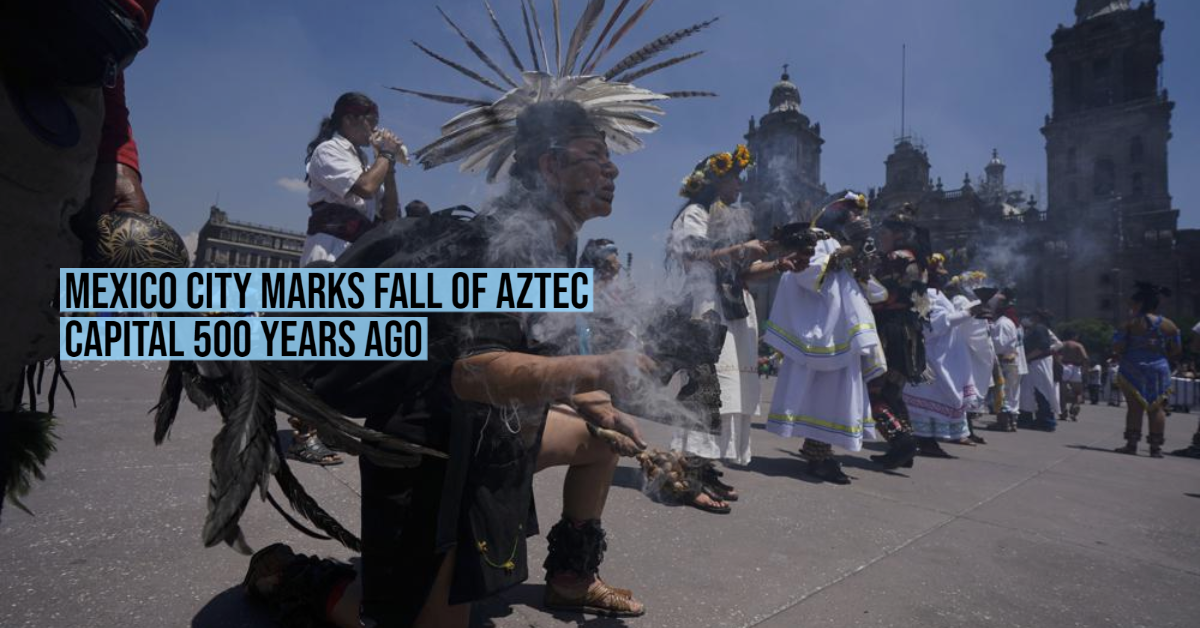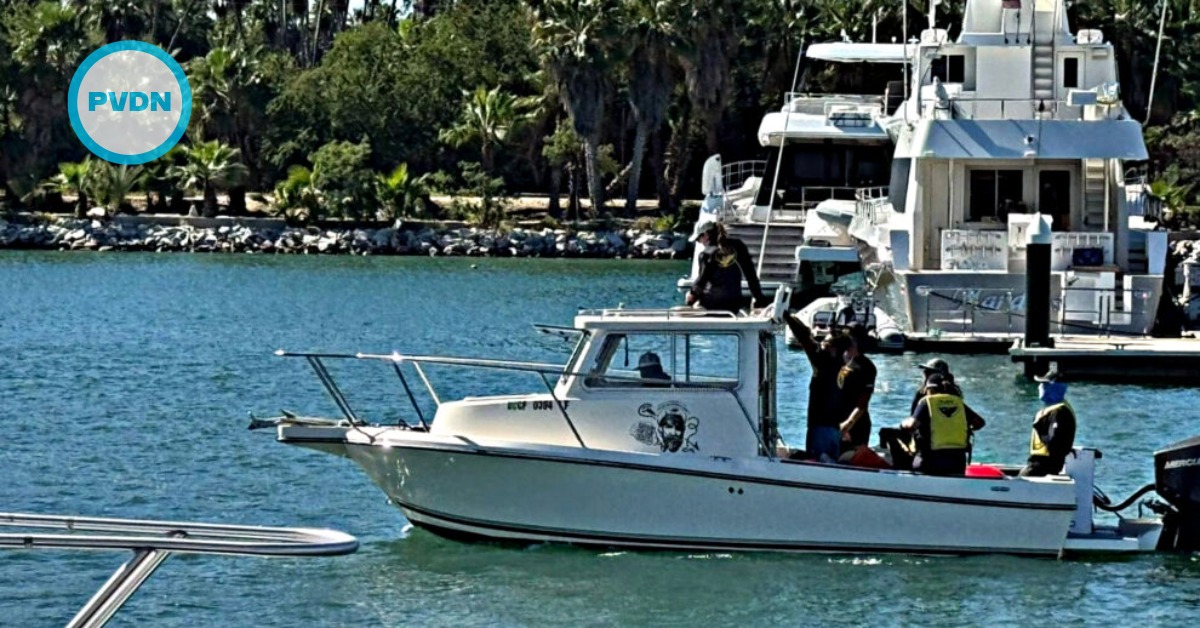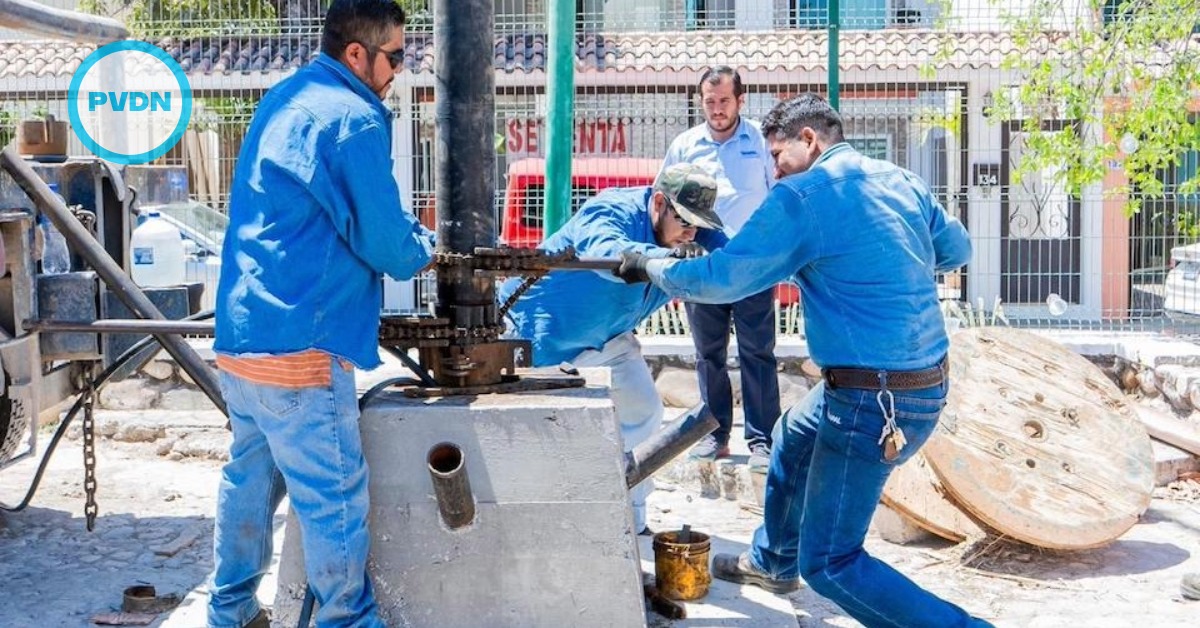Walking for hours through the gritty streets in the center of Mexico City, you can hear the daily urban soundtrack: Car engines, the call of the man who buys scrap metal and the handbells that announce the passing of a garbage truck.
It’s hard to imagine that some of these streets trace the outline of what was, five centuries ago, Tenochtitlan, a sophisticated city on an island in a bridge-studded lake where a great civilization flourished.
The Aztec emperors who ruled much of the land that became Mexico were defeated by a Spanish . . .






